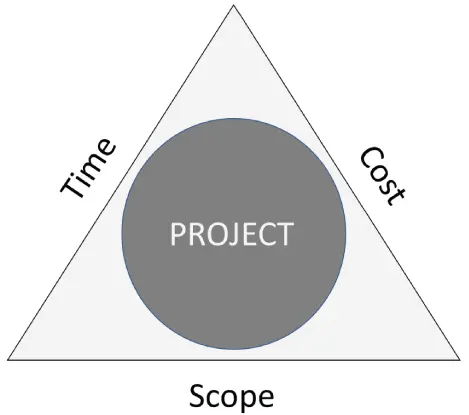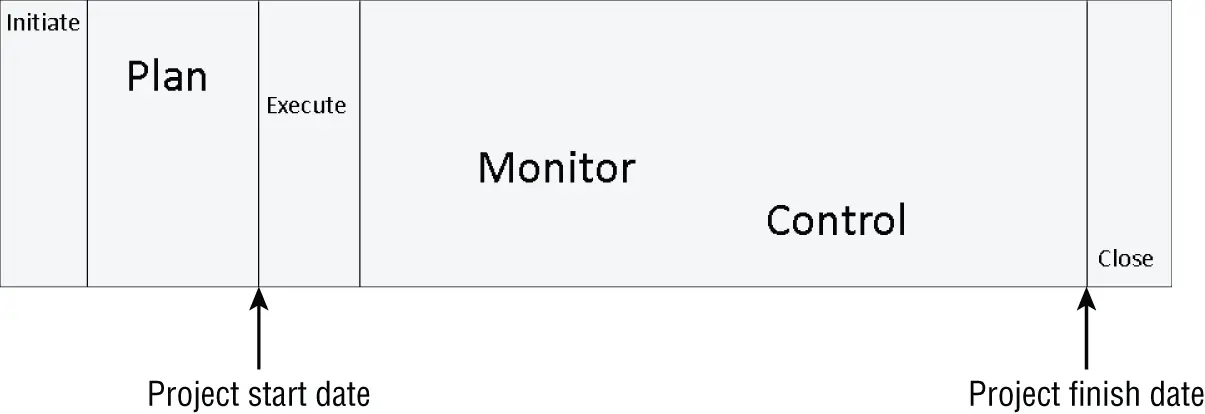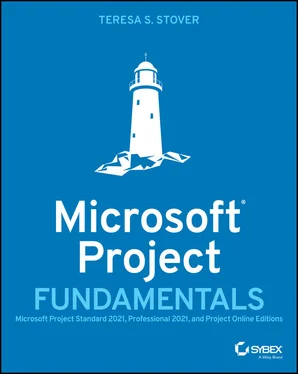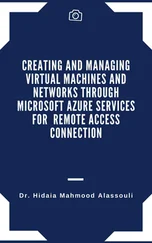Teresa S. Stover - Microsoft Project Fundamentals
Здесь есть возможность читать онлайн «Teresa S. Stover - Microsoft Project Fundamentals» — ознакомительный отрывок электронной книги совершенно бесплатно, а после прочтения отрывка купить полную версию. В некоторых случаях можно слушать аудио, скачать через торрент в формате fb2 и присутствует краткое содержание. Жанр: unrecognised, на английском языке. Описание произведения, (предисловие) а так же отзывы посетителей доступны на портале библиотеки ЛибКат.
- Название:Microsoft Project Fundamentals
- Автор:
- Жанр:
- Год:неизвестен
- ISBN:нет данных
- Рейтинг книги:4 / 5. Голосов: 1
-
Избранное:Добавить в избранное
- Отзывы:
-
Ваша оценка:
- 80
- 1
- 2
- 3
- 4
- 5
Microsoft Project Fundamentals: краткое содержание, описание и аннотация
Предлагаем к чтению аннотацию, описание, краткое содержание или предисловие (зависит от того, что написал сам автор книги «Microsoft Project Fundamentals»). Если вы не нашли необходимую информацию о книге — напишите в комментариях, мы постараемся отыскать её.
Microsoft Project Fundamentals: Microsoft Project Standard 2021, Professional 2021, and Project Online Editions
Microsoft Project Fundamentals
Microsoft Project Fundamentals — читать онлайн ознакомительный отрывок
Ниже представлен текст книги, разбитый по страницам. Система сохранения места последней прочитанной страницы, позволяет с удобством читать онлайн бесплатно книгу «Microsoft Project Fundamentals», без необходимости каждый раз заново искать на чём Вы остановились. Поставьте закладку, и сможете в любой момент перейти на страницу, на которой закончили чтение.
Интервал:
Закладка:
Equipment and materials earmarked for the project, if applicable
A budget dedicated to the project
At least one expected deliverable or outcome at the project end
What Is a Project Manager?
Some people become professional project managers as a result of strategic career planning, whether they majored in it in college or discovered it in the working world and then climbed the project management ladder. Many just get themselves assigned one day as a project manager and then must figure out what it's all about.
A project manager is the point person responsible for carrying out a project and delivering the desired outcomes—the scope of the project. As the project manager, you balance the constraints of the project budget and the deadline with the elements of the project scope. You continually check in with the team members working on their assigned project tasks, track and analyze the progress, prevent or solve any problems that arise, and report overall project progress to the project sponsor and other stakeholders.
As the project manager, you have your finger on the pulse of the overall project at any given moment. While individual team members might be working on their own specific part of the project, the project manager always sees the project as a whole and knows in what direction it is heading.
According to the Project Management Book of Knowledge ( PMBOK©) , a successful and well-rounded project manager functions within the following nine disciplines, or knowledge areas :
1 Integration management
2 Scope management
3 Schedule management
4 Cost management
5 Quality management
6 Resource management
7 Communications management
8 Risk management
9 Procurement management
10 Stakeholder management
The Project Triangle
Project management is a constant balancing act of managing the tension between project deadlines and costs deadlines to deliver the intended project scope. You might have heard the old saying, “Cheap, fast, or good. Pick two.” This illustrates the project triangle , which is also known as the project management triangle, triple constraint, or the iron triangle.
Suppose your project is to develop a new website. If you have a spare budget and need to launch it in two weeks, the website might be more minimal with fewer features. But if you have an ample budget and several months of development time, the site might contain all the information and features that the project sponsor wants. If your customer wants the website in two weeks and is adamant that all the information and features are included without delay, it will be more expensive.
Therefore, the two triangle sides that are non-negotiable, and the one side that's flexible, determines the constraints of your project and where your project has some “give.”
Several interpretations of the project triangle exist. One version is the triangle sided with time, cost, and quality, with scope in the center. You might see it as a project rectangle with scope, schedule, budget, and quality. Another version is a six-sided project star with scope, schedule, budget, risk, resources, and quality. Figure 1.1illustrates the concept of a good interpretation of the project triangle with time, cost, and scope.
Depending on the interpretation, a budget can include all resources that cost money including staff, equipment , and materials . Scope might include quality.
While project managers can and do argue about the “right” project triangle, the important thing is to simply keep the model in mind as you manage your projects. Your job as project manager is to know the ranked priorities and constraints of your project and to make adjustments accordingly.

FIGURE 1.1 A project triangle
Project Processes
With its explicit start and finish dates, any project has its own life cycle. The project life cycle consists of six specific stages , or project processes . Figure 1.2illustrates the project processes along the project life cycle.

FIGURE 1.2 The processes in the project life cycle
Initiating
Also considered preplanning or scoping, the project is conceived, its scope is defined, and a preliminary budget is drafted during the initiating process . The powers that be—that is, the customer, executive, or other project sponsor paying for the project—agree to the project objectives and requirements.
The initiating stage is also the stage when a project manager is assigned, the business case for the project is outlined, and any other stakeholders and their expectations are identified.
Planning
The project manager works during the planning process to transform the goals and constraints defined in the initiating process into a roadmap for achieving those goals, step by step and task by task. To do this, the project manager lays out the tasks in the work breakdown structure (WBS) , determines the duration and dependency of those tasks, assigns resources to the tasks, and estimates costs for those resources.
This effort defines the project schedule, resource requirements, and costs with a greater degree of certainty. With its scheduling engine, resource planner, and costing formulas, Microsoft Project steps up as the project manager's key partner in this planning process.
Executing
When planning is complete and the funding and resources are secured and ready to work, the project manager can press that figurative “GO” button. This represents the start of the executing process .
The project starts and all resources begin working on their assigned tasks in the work breakdown structure. The clock is ticking and the budget is depleting. The project manager can now use Microsoft Project to track actual progress against the scheduled projections in the plan.
Monitoring and Controlling
As soon as project execution begins, the project shifts to the monitoring and controlling processes, which happen simultaneously and continually throughout the project life cycle from the start of the executing process until the closing process.
In the monitoring process , the project manager gathers information from team members and compares this information with the plan represented in Microsoft Project. Think of as if you've entered a travel destination into your vehicle's map app, and as you drive, you're watching your progress on your itinerary.
In the controlling process , the project manager makes decisions and adjustments when actual experience differs from the project plan. These adjustments are corrections to the plan to maintain the project triangle balance of time, cost, and quality within the project scope. Again, it's as if you're trying to follow your vehicle's map app, but you've run into a traffic jam or spent more money at a roadside attraction than planned. You must then adjust your travel itinerary to account for the time delay or the unexpected cost.
Closing
When the final project tasks are completed, the deliverables are submitted, and the goals are met, the project's closing process happens. The project manager deals with the final details, especially ensuring that the project sponsor accepts the project as complete.
Читать дальшеИнтервал:
Закладка:
Похожие книги на «Microsoft Project Fundamentals»
Представляем Вашему вниманию похожие книги на «Microsoft Project Fundamentals» списком для выбора. Мы отобрали схожую по названию и смыслу литературу в надежде предоставить читателям больше вариантов отыскать новые, интересные, ещё непрочитанные произведения.
Обсуждение, отзывы о книге «Microsoft Project Fundamentals» и просто собственные мнения читателей. Оставьте ваши комментарии, напишите, что Вы думаете о произведении, его смысле или главных героях. Укажите что конкретно понравилось, а что нет, и почему Вы так считаете.












